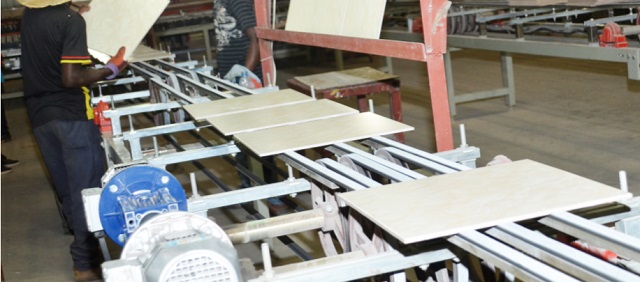
But who is benefiting?
Kampala, Uganda | JULIUS BUSINGE | Latest statistics from Bank of Uganda shows that private sector lending has gone up.
But, a section of the private sector mainly traders, manufacturers, economic experts are saying that they are yet to benefit.
Issa Sekitto, for instance, an importer of electronics and home appliances, who also doubles as the spokesperson of the Kampala City Traders Association – one of the biggest groups that borrow from banks, says the BoU data does not reflect a true picture on the ground.
“With the cries that I see, there is little money in circulation,” he told The Independent on August.08. “What is in the books of Bank of Uganda does not reflect in the field.”
Sekitto says the private sector could be borrowing to simply service overdue loans and thus money is just going back to the very banks.
Daniel Birungi, the Executive Director for Uganda Manufacturers Association (UMA) said the BoU figures presented as a lump sum do not necessarily mean all players in his sector are borrowing.
He, however, says the recent expansions by players in the manufacturing sector and those investing in new factories could have managed to borrow some more money from banks to fund their investments.
Birungi, however, decried the high cost of borrowing. As at the end of April this year, the average bank lending rates stood at 20.2%. This, according to BoU statistics, was however lower than the 20.7% recorded in the quarter to January this year.
The BoU Monetary Policy report for June 2019 shows that the average annual growth in PSC for the quarter ended April 2019 was 13.9% compared with 7.2% during the same period in 2018, supported partly by a rebound in economic activity, improvement in asset quality evidenced by lower non-performing loans (NPLs) and a relatively lower cost of borrowing.
The annual shilling-denominated loans grew on average by 19.4% for the quarter to April 2019 compared with 12.5% in the quarter to April 2018. Foreign currency denominated lending registered an average growth of 4.6% during the period as importers sought for foreign currencies.
Winning, losing sectors
In terms of sectors, the report notes that credit growth remains robust and positive across all sectors supported by a pick-up in economic activities.
The sectors of trade and manufacturing registered the strongest growth averaging 16.1% and 22.4% in the quarter to April 2019 up from 10.7% and 13.6% in the previous quarter, respectively.
This development also comes exactly a month since the cabinet gave a directive stopping investors to use government land (or those benefiting from land leases from government) as security to acquire loans from financial institutions.
However, year-on-year average credit growth to building, mortgage, construction and real estate sectors remained below average constrained by increased risk aversion by banks towards the sector.
 The Independent Uganda: You get the Truth we Pay the Price
The Independent Uganda: You get the Truth we Pay the Price



